
Health Lab
A melanoma survivor shares facts and tips about preventing all types of skin cancer.

Health Lab
A mother relives congenital heart journey through newborn.
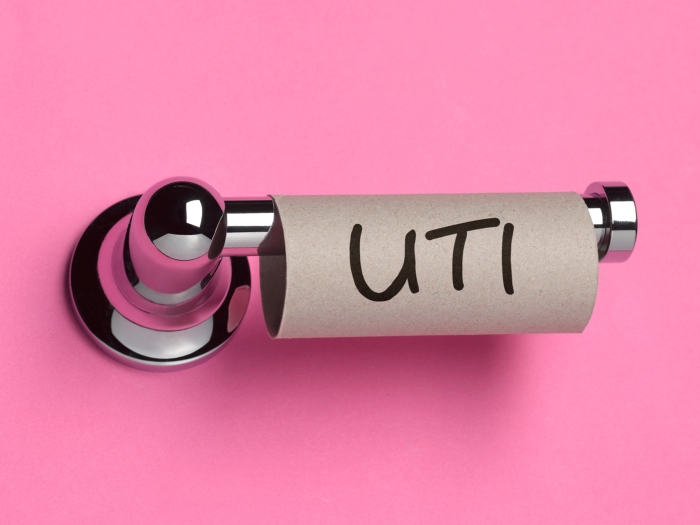
Health Lab
Research published in PNAS examines how the bacteria Escherichia coli, or E. coli—responsible for most UTIs—is able to use host nutrients to reproduce at an extraordinarily rapid pace during infection despite the near sterile environment of fresh urine.

Health Lab
Experts discuss pregnancy and heart health.
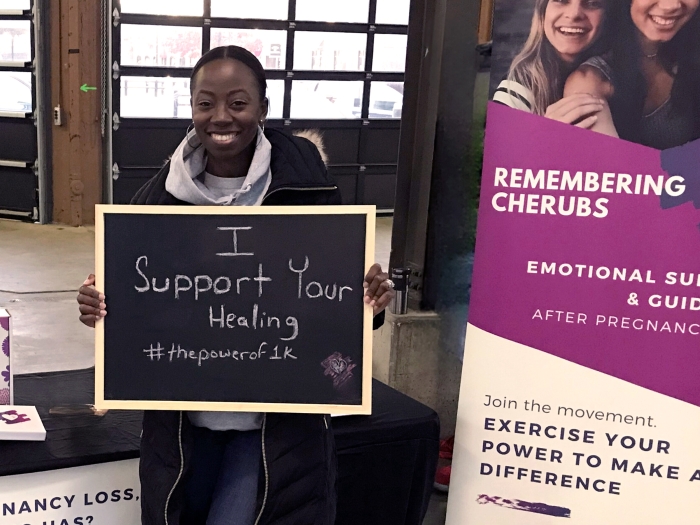
Health Lab
Created by a patient and grieving parent, a peer and medically reviewed guidebook on pregnancy and infant loss offers others going through the same experience more resources during the difficult time.

Health Lab
Malinda and David Morrison III welcomed their son in 2022 after years of trying to conceive

Health Lab
New map of the ovary provides a deeper understanding of how oocytes interact with the surrounding cells during the normal maturation process, and how the function of the follicles may break down in aging or fertility related diseases.
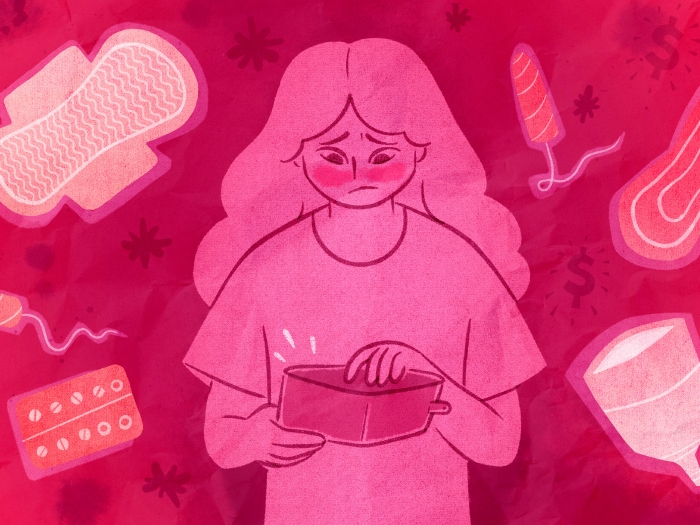
Health Lab
Survey shows many teens and young adults support making menstrual products more accessible to fight "period poverty."
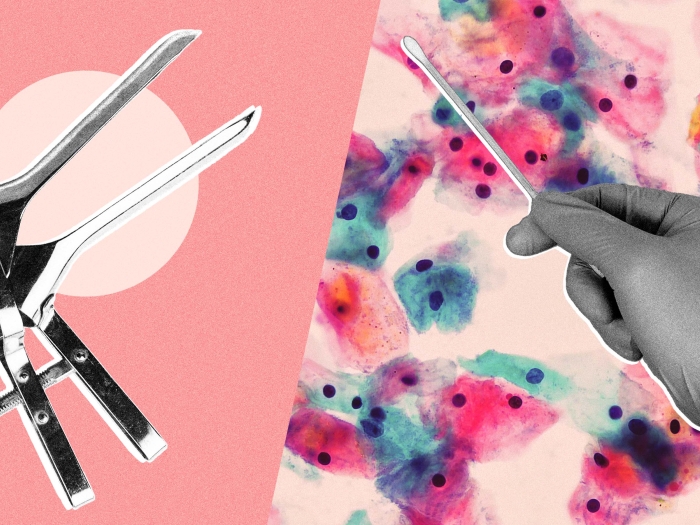
Health Lab
Many women don’t get cervical cancer screening such as Pap tests, or don’t go for follow up diagnostic tests; a new study shows what could happen if all of them did.
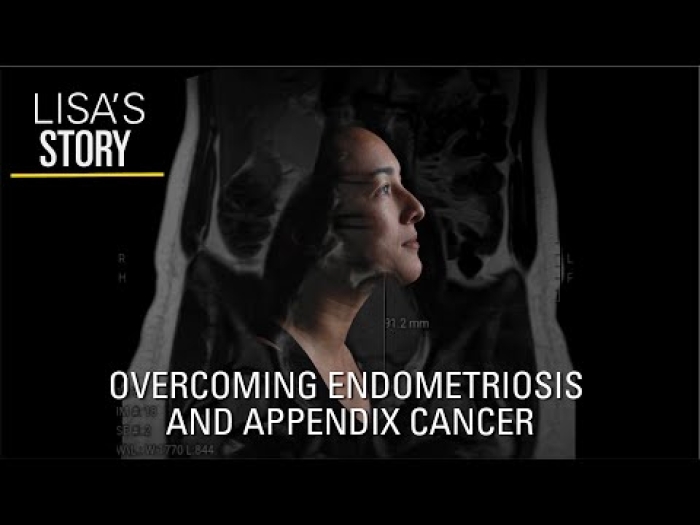
Health Lab
Woman seeks answers for painful periods, leading to the discovery of endometriosis, large ovarian cysts, organ inflammation and appendix cancer
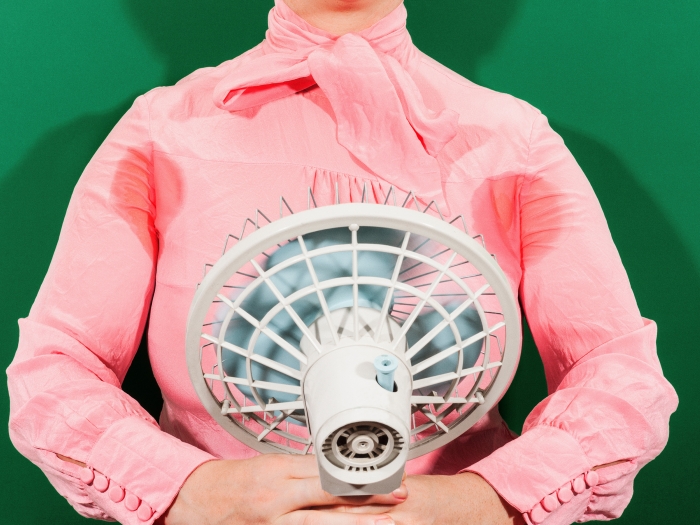
Health Lab
Women who have both migraines and a long-term history of hot flashes and/or night sweats have a slightly higher risk of heart disease and stroke, and young women who have migraines have a higher risk of later persistent menopause symptoms.
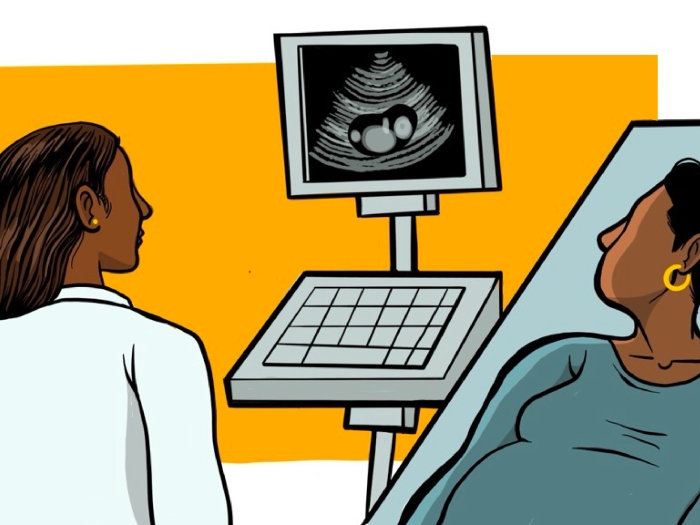
Health Lab
Multi-specialty team is studying a non-invasive method to measure underlying cervical tissue changes that precede birth with the hopes of predicting timing of birth.
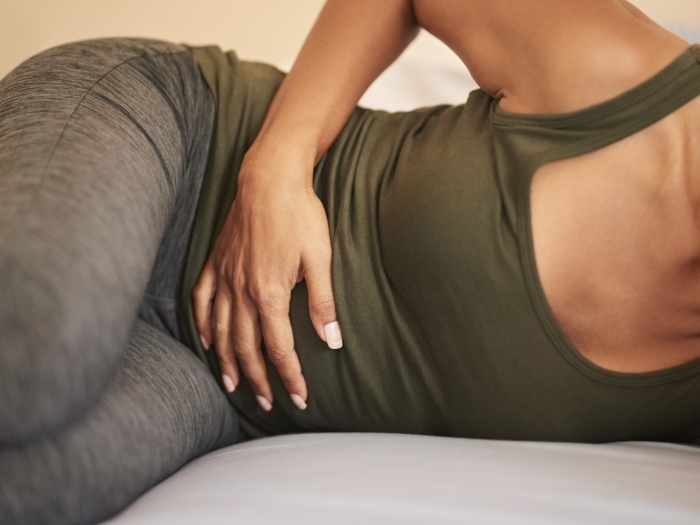
Health Lab
New technology can prevent pelvic floor conditions associated with childbirth.
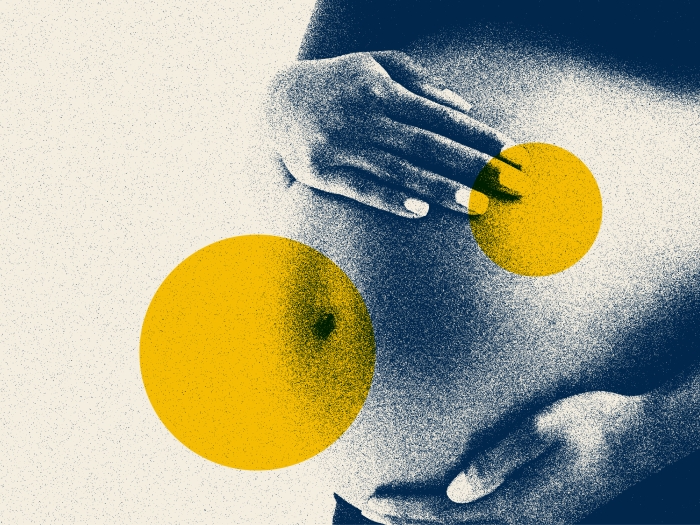
Health Lab
American hospitals vary greatly in what they offer to birthing parents when a stillbirth occurs during labor or delivery.
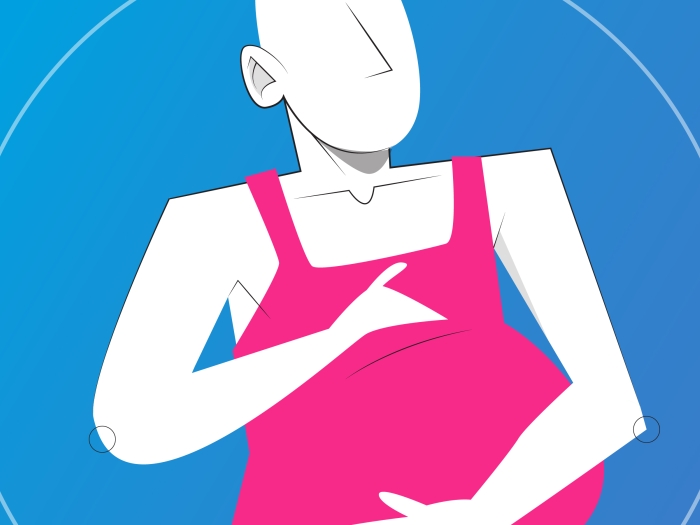
Health Lab
A Michigan Medicine-led study found that transgender individuals show similar rates of severe parental morbidity and preterm birth and lower rates of cesarean delivery when compared to cisgender people.